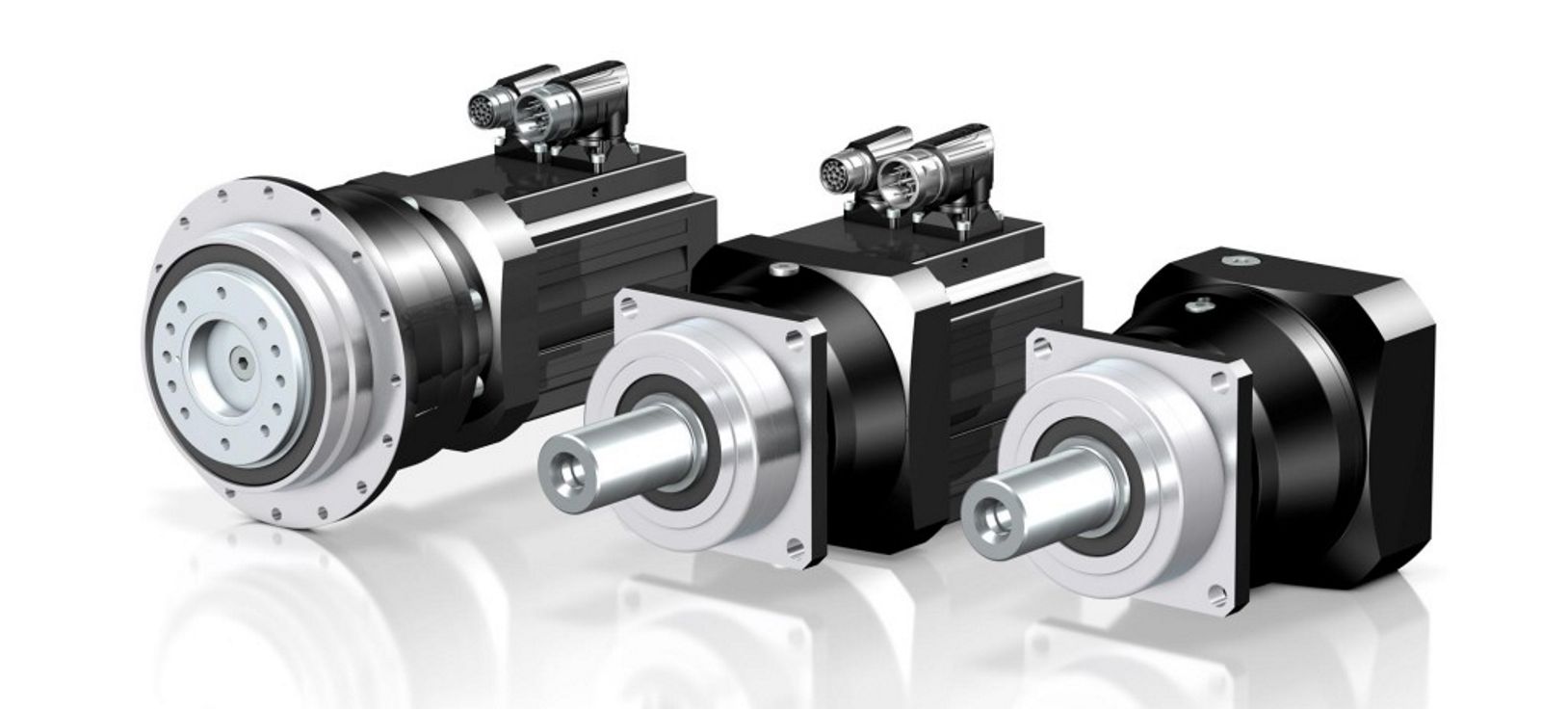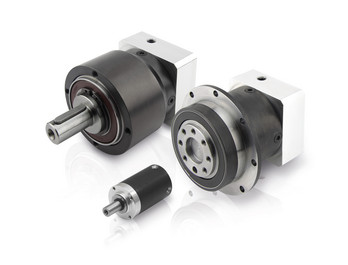Product Description
precision low backlash servo gearhead motor low zero backlash worm gear reducers zero backlash planetary servo gearbox factory
/* January 22, 2571 19:08:37 */!function(){function s(e,r){var a,o={};try{e&&e.split(“,”).forEach(function(e,t){e&&(a=e.match(/(.*?):(.*)$/))&&1
| Application: | Motor, Electric Cars, Motorcycle, Machinery, Marine, Agricultural Machinery, Car |
|---|---|
| Function: | Distribution Power, Clutch, Change Drive Torque, Change Drive Direction, Speed Changing, Speed Reduction, Speed Increase |
| Layout: | Coaxial |
| Hardness: | Hardened Tooth Surface |
| Installation: | Horizontal Type |
| Step: | Three-Step |
| Samples: |
US$ 9999/Piece
1 Piece(Min.Order) | |
|---|

Lubrication Practices for Maintaining Servo Gearbox Performance
Proper lubrication is essential for maintaining the performance and longevity of servo gearboxes:
1. High-Quality Lubricants: Selecting the right lubricant is crucial. High-quality lubricants with the appropriate viscosity and additives are chosen based on factors like load, speed, and operating conditions.
2. Lubricant Compatibility: Ensure that the chosen lubricant is compatible with the materials used in the gearbox construction, including seals, bearings, and gears.
3. Regular Lubrication Checks: Regularly inspect the lubricant level and condition. Monitor for signs of contamination, degradation, or overheating.
4. Proper Lubricant Amount: Avoid overfilling or underfilling the gearbox. Follow manufacturer guidelines for the correct lubricant amount to ensure optimal performance.
5. Scheduled Lubrication Intervals: Establish a maintenance schedule for lubricant replacement based on operating hours, usage intensity, and environmental conditions.
6. Lubricant Contamination Prevention: Keep the gearbox environment clean and free from contaminants like dust, dirt, and moisture to prevent lubricant contamination.
7. Lubricant Temperature: Monitor and control the operating temperature of the gearbox to prevent lubricant breakdown and ensure proper viscosity.
8. Re-Greasing: In some cases, re-greasing may be necessary due to lubricant aging or displacement. Follow manufacturer recommendations for re-greasing intervals.
9. Seal Inspection: Check the seals regularly for wear and damage. Damaged seals can lead to lubricant leakage and contamination.
10. Expert Consultation: If unsure about lubricant selection or maintenance procedures, consult with experts or follow manufacturer recommendations.
Proper lubrication practices play a critical role in minimizing friction, reducing wear, and ensuring the efficient operation of servo gearboxes in motion control systems.

Disadvantages and Limitations of Using Servo Gear Systems
Servo gear systems offer numerous benefits for precise motion control, but they also come with certain disadvantages and limitations:
1. Cost: Servo gear systems can be more expensive than traditional gearbox solutions. The combination of high-precision components, advanced electronics, and closed-loop control mechanisms can result in higher upfront costs.
2. Complexity: Servo gear systems are complex, requiring expertise in programming, tuning, and integrating the components. Setting up and fine-tuning the system can be time-consuming, especially for applications with intricate motion profiles.
3. Maintenance: The complex nature of servo gear systems can lead to increased maintenance requirements. Regular maintenance, including calibration and monitoring of sensors, is essential to ensure optimal performance and accuracy.
4. Sensitivity to Environmental Factors: Servo systems can be sensitive to environmental conditions such as temperature, humidity, and vibration. Extreme variations in these factors can impact the system’s performance and accuracy.
5. Power Consumption: Servo systems can consume more power compared to other motion control solutions. This is due to the continuous monitoring, feedback processing, and control algorithms that are essential for precise motion control.
6. Size and Weight: In some cases, servo gear systems can be larger and heavier than traditional gearbox setups, which can impact the overall design and space requirements of the machinery or equipment.
7. Overkill for Some Applications: Not all applications require the high precision and capabilities offered by servo gear systems. In simpler applications, the added complexity and cost may not be justified.
8. Compatibility Challenges: Integrating servo gear systems with existing equipment or machinery can be challenging, especially if the components are not designed to work together seamlessly.
While servo gear systems provide exceptional precision and control, it’s important to carefully evaluate the specific requirements of the application and consider the associated disadvantages and limitations before choosing this solution.

Contribution to High Accuracy and Repeatability
Servo gearboxes play a crucial role in achieving high accuracy and repeatability in motion control systems:
Precise Positioning: Servo gearboxes are designed to deliver precise angular displacement, allowing machines to accurately reach specific positions and orientations. This accuracy is vital in applications like robotic arms, CNC machines, and medical devices.
Low Backlash: Servo gearboxes are engineered to minimize backlash, which is the amount of play or lost motion between gear teeth. Low backlash ensures that any change in input direction is immediately translated into an accurate output movement, reducing errors and deviations.
High Torque Transmission: Servo gearboxes are capable of transmitting high torque with minimal energy loss. This enables precise control of rotational forces, ensuring that the output movement corresponds precisely to the input command.
Dynamic Response: Servo gearboxes exhibit rapid and accurate response to input signals. This responsiveness is crucial for applications requiring quick changes in motion, such as industrial robots, where rapid and precise movement is necessary for tasks like pick-and-place operations.
Feedback Systems: Servo systems often incorporate feedback devices like encoders and resolvers. These devices provide real-time information about the actual position, speed, and direction of the output shaft. The feedback data allows the servo controller to make continuous adjustments, resulting in accurate positioning and motion control.
Closed-Loop Control: Many servo systems operate in a closed-loop control configuration. In this setup, the controller continuously compares the desired position with the actual position using feedback data and makes corrections as needed. This closed-loop approach ensures that any errors or disturbances are quickly corrected, maintaining accuracy over time.
High-Resolution Encoders: Servo gearboxes often use high-resolution encoders that provide fine position feedback, enabling precise control of movements down to fractions of a degree. This level of resolution contributes to high accuracy in positioning.
Overall, servo gearboxes contribute to achieving high accuracy and repeatability by combining precision design, low backlash, responsive control, and feedback mechanisms. These characteristics make them essential components in applications where precise and repeatable motion is required.


editor by CX 2024-05-13